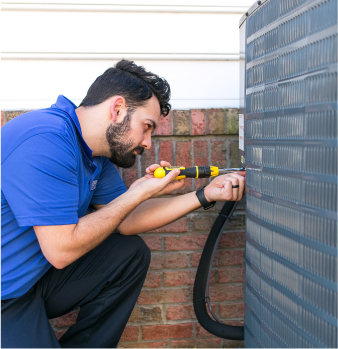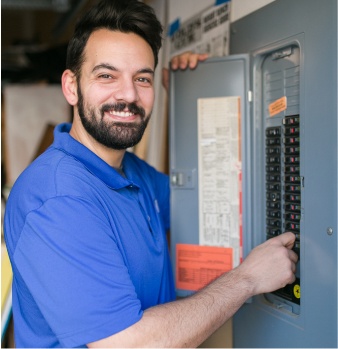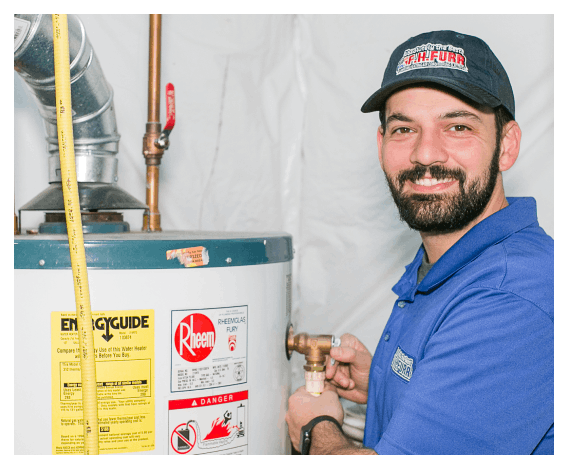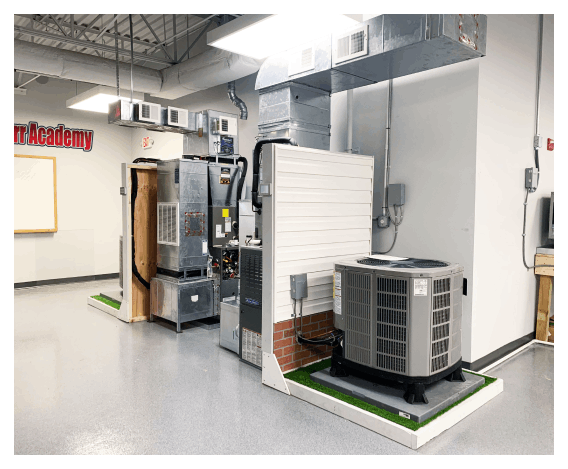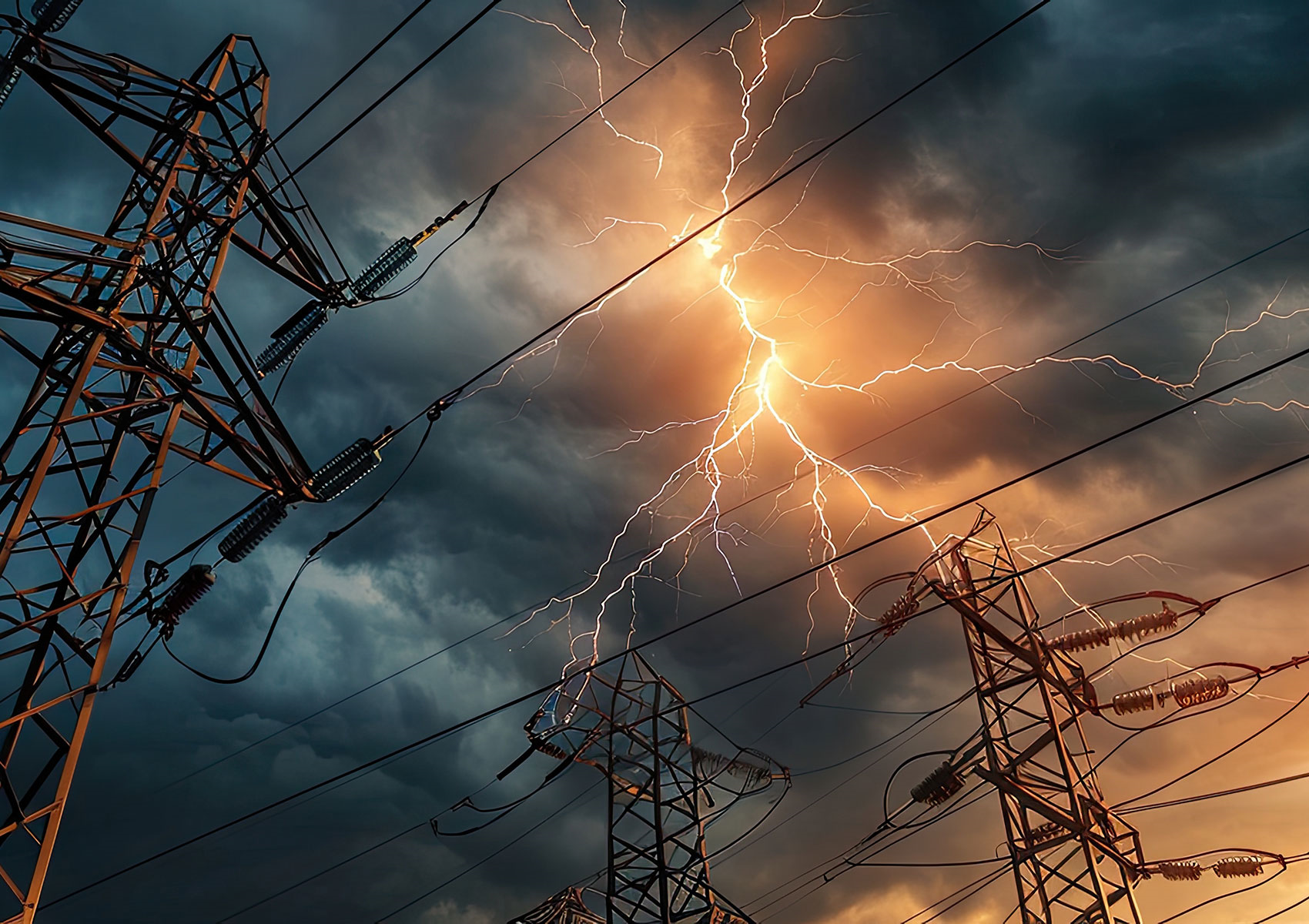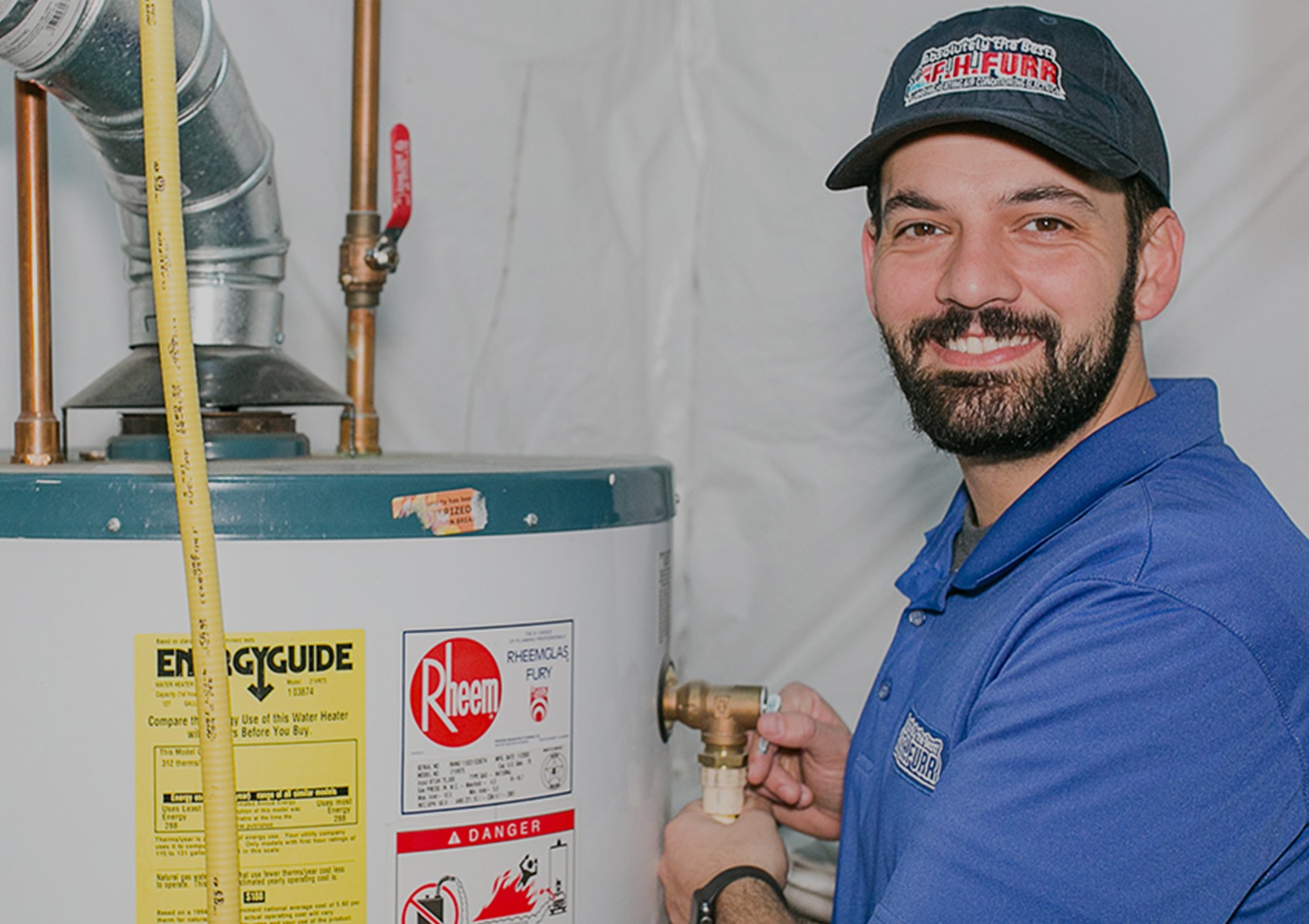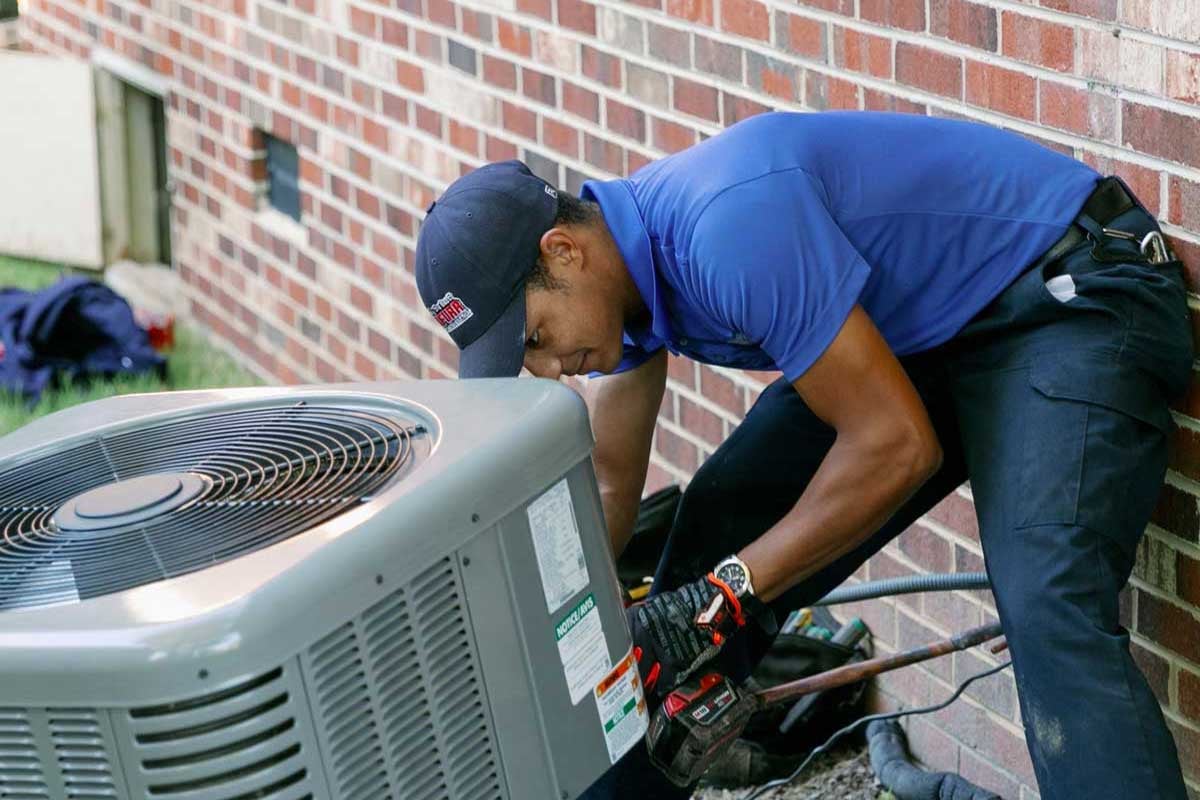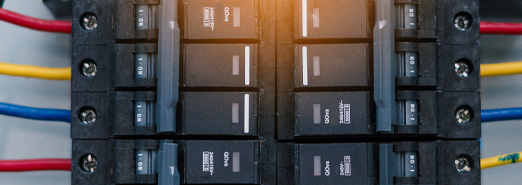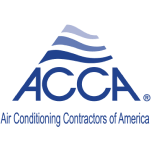
The Best
Excellence, efficiency, and an enduring spirit of service are three of the core values that keep our customers coming back. Our customers’ reviews explain the F.H. Furr difference better than we ever could.
At F.H. Furr, we take pride in hiring “Absolutely The Best” technicians. But don’t just take our word for it — read the rave reviews from our satisfied customers and find out why Baltimore trusts our team with all their HVAC, plumbing, and electrical needs.
The Home Service Specialists
Plumbing, Air Conditioning, Heating & Electrical Services in Fairfax, VA
Plumbing, Air Conditioning, Heating, & Electrical Services in Fairfax, VA
F.H. Furr is one of the only companies in Virginia and Maryland that specializes in keeping all of your home’s critical systems functioning safely and efficiently. With F.H. Furr in your contact list, you know exactly whom to turn to when you’ve got problems with your pipes, your heating unit blowing cold, AC blowing hot, or electrical issues going haywire.
Plumbing Services
From leaky faucet fixes to intensive sewer and main line services, our highly-skilled plumbers are equipped to return your system to smooth working order. Our plumbing services include:
- Water heaters
- Drain cleaning & rootering
- Leak detection
- And more
703-690-0449
Book your service today to witness F.H. Furr’s plumbing expertise in action.
Air Conditioning Services
When it’s hot and muggy in VA, you expect to walk into a properly air-conditioned home—and F.H. Furr can make sure your AC is running smoothly and reliably with our range of cooling services, including:
- Air conditioners
- Heat pumps
- Ductless systems
- And more
Don’t wait until your AC has trouble. Schedule routine cooling maintenance today to ensure the health of your system for years to come.
Heating Services
Northern Virginia and Maryland homeowners know how severe winter weather can get, and F.H. Furr is the heating company to call when your heating isn’t working the way it should. We train our technicians on all makes and models of heating units, allowing us to expertly service:
- Heat pumps
- Gas furnaces
- Boilers
- Ductless systems
- Zoning systems
With our multipoint heating inspection and maintenance, you can give your heating system the annual tune-up it needs for optimal operation and ensure its reliability for the winter in Fairfax. Book heating services with F.H. Furr online today.
Electrical Services
F.H. Furr is proud to provide electrical services that keep your system safe and reliable. Call us for:
- Electrical inspections
- Electrical panel upgrades
- Home generators
From ceiling fan installation to rewiring, book with F.H. Furr for electrical services in Fairfax and beyond. Contact us online or call us today.


- DC Metro & Northern Virginia
- Greater Richmond, Virginia
- Delmarva
- Maryland


Metro & Northern Virginia
